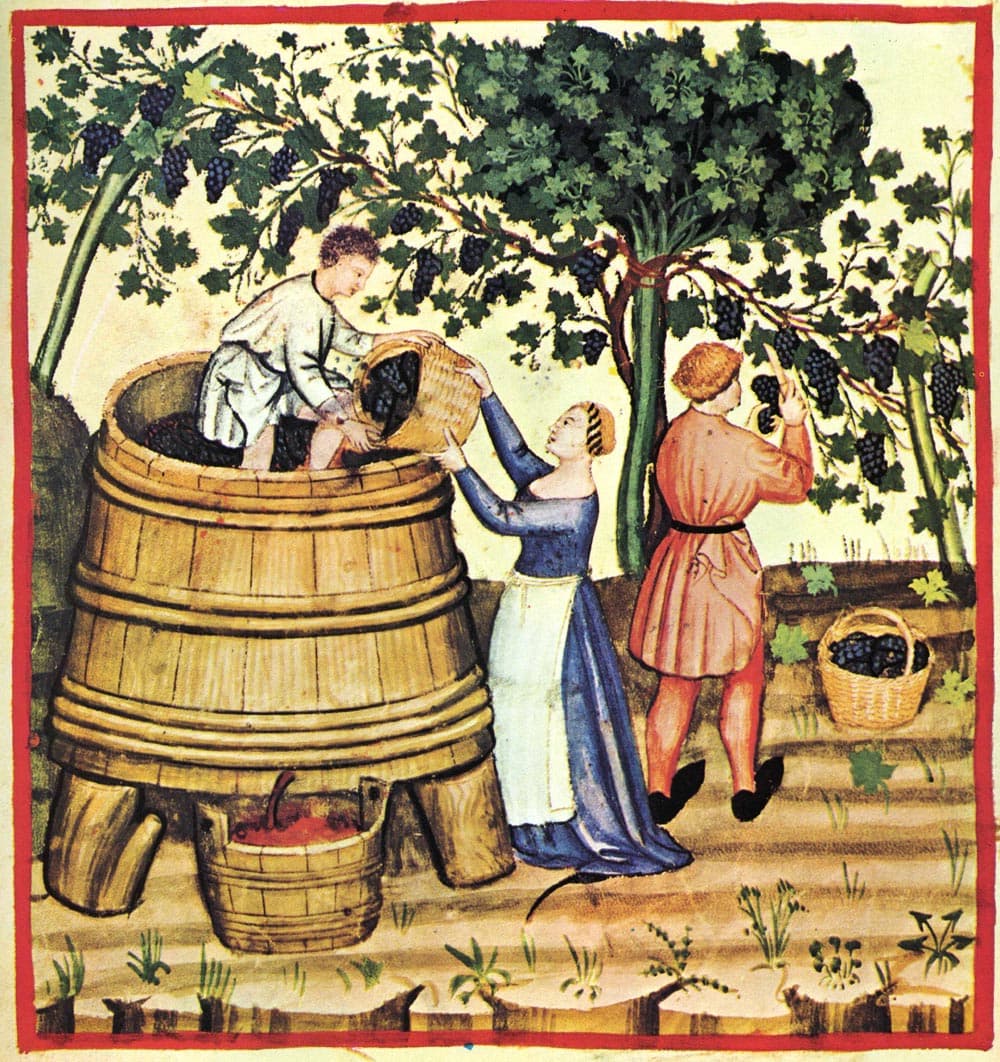Ancient Field Blends See Sales Skyrocket to 1.1 Million Bottles as European Vintners Adapt to Climate Change

European winemakers are increasingly turning to traditional viticultural practices, including the revival of ancient field blends and the use of forgotten grape varieties, to counter the escalating challenges posed by climate change and meet evolving market demands. This strategic shift is exemplified by a significant surge in the popularity of wines produced using these time-honored methods. As observed by The Wall Street Journal, > "European vintners are turning to ancient methods, using clay amphorae and forgotten grapes to adapt to climate change and market demand."
A prime example is the resurgence of "Gemischter Satz" in Vienna, an ancient field blend where multiple grape varieties are interplanted and co-fermented. This method, once nearly forgotten, has proven highly resilient to climate fluctuations, offering natural diversity against cold, heat, and drought. Since 2006, sales of Gemischter Satz have skyrocketed from 40,000 to 1.1 million bottles, securing an EU Protected Designation of Origin in April 2024.
Beyond field blends, other ancient techniques are being revitalized across Europe. In Portugal's Alentejo region, winemakers are utilizing traditional clay amphorae, known as "talhas," for fermentation and aging, which helps control temperature variations in a hot, dry climate. The Douro Valley continues to rely on its ancient terraced vineyards ("socalcos") to prevent erosion and optimize sun exposure, while Pico Island uses stone-walled enclosures ("currais") to protect vines from harsh maritime winds. These methods underscore a return to practices that intrinsically build resilience.
The necessity for such adaptations stems from the profound impact of climate change on European viticulture. Rising temperatures lead to earlier harvests, higher sugar content, and lower acidity, threatening the traditional profiles of many wines. Extreme weather events like late frosts, heatwaves, and droughts further destabilize grape production. The rigid regulations of European Geographical Indication (GI) systems, which often limit the introduction of new grape varieties, compel winemakers to find innovative solutions within traditional frameworks.
While larger wine companies might explore acquiring land in cooler northern regions, smaller, independent vintners are finding solutions by re-engaging with their heritage. This blend of tradition and innovation allows them to maintain quality and distinctiveness, appealing to a market increasingly interested in sustainable and unique wine offerings. The industry's embrace of these ancient methods demonstrates a pragmatic approach to preserving Europe's rich winemaking legacy in a changing climate.